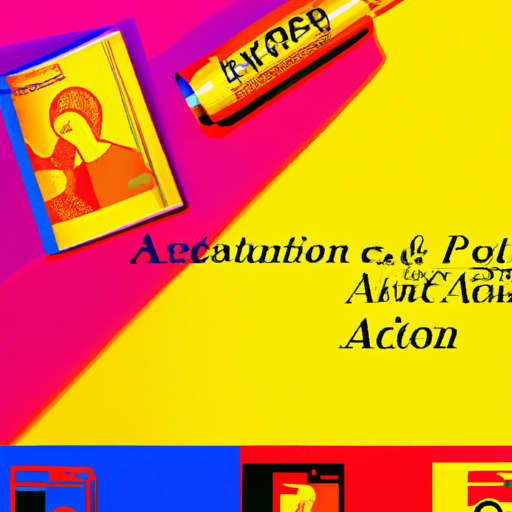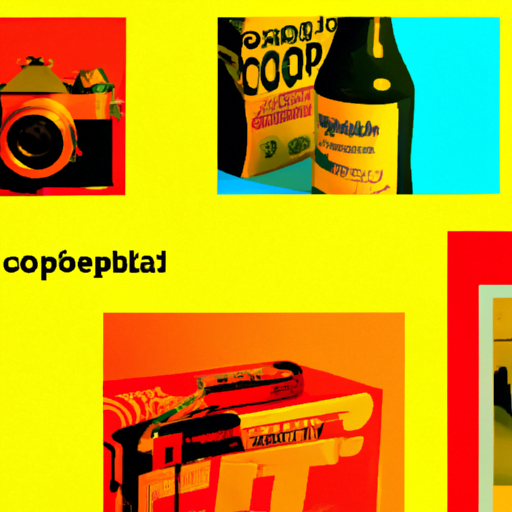
-
Table of Contents
- Deconstructing Magazine Layout Design
- The Importance of Magazine Layout Design
- Key Elements of Magazine Layout Design
- 1. Grid System
- 2. Typography
- 3. White Space
- 4. Images and Graphics
- 5. Color Scheme
- Principles of Effective Magazine Layout Design
- 1. Balance
- 2. Hierarchy
- 3. Consistency
- 4. Contrast
- Case Studies: Effective Magazine Layout Designs
- 1. National Geographic
- 2. Wired
Deconstructing Magazine Layout Design

Magazines have been a popular medium for conveying information and entertainment for decades. One of the key elements that make magazines visually appealing and engaging is their layout design. A well-designed magazine layout can captivate readers, guide their attention, and enhance the overall reading experience. In this article, we will deconstruct the elements of magazine layout design, explore the principles behind effective design, and provide valuable insights for creating compelling magazine layouts.
The Importance of Magazine Layout Design
Magazine layout design plays a crucial role in attracting and retaining readers. A visually appealing layout can grab attention, create a positive first impression, and entice readers to explore the content further. It sets the tone for the entire magazine and influences how readers perceive the information presented.
Furthermore, a well-designed layout can enhance the readability and comprehension of the content. By organizing information in a logical and visually pleasing manner, readers can easily navigate through the magazine, find what they are looking for, and absorb the information more effectively.
Key Elements of Magazine Layout Design
When deconstructing magazine layout design, several key elements come into play. Understanding these elements and their relationship is essential for creating an effective and visually appealing layout.
1. Grid System
The grid system forms the backbone of magazine layout design. It provides a framework for organizing content, images, and advertisements in a structured and balanced manner. A well-defined grid system ensures consistency throughout the magazine and helps maintain visual harmony.
For example, a common grid system used in magazine design is the modular grid, where content is divided into columns and rows. This grid allows for flexibility in arranging elements and provides a clear structure for readers to follow.
2. Typography
Typography plays a crucial role in magazine layout design. The choice of fonts, sizes, and styles can greatly impact the readability and visual appeal of the content. It is important to select fonts that are legible and appropriate for the magazine’s target audience and content.
Additionally, typography can be used creatively to convey hierarchy and guide readers’ attention. Headlines, subheadings, and body text should be clearly differentiated to help readers navigate through the content easily.
3. White Space
White space, also known as negative space, refers to the empty areas between elements in a magazine layout. It is a powerful design element that helps create balance, improve readability, and draw attention to key elements.
Strategic use of white space can enhance the visual impact of images and text, making them stand out and capture readers’ attention. It also provides breathing room for readers, preventing the layout from feeling cluttered or overwhelming.
4. Images and Graphics
Images and graphics are essential components of magazine layout design. They add visual interest, convey information, and evoke emotions. High-quality and relevant images can greatly enhance the overall reading experience.
When incorporating images and graphics, it is important to consider their placement, size, and alignment within the layout. They should complement the surrounding text and be strategically positioned to guide readers’ attention.
5. Color Scheme
The color scheme used in a magazine layout can greatly influence its visual appeal and overall tone. Colors evoke emotions and can help create a cohesive and harmonious design.
When selecting a color scheme, it is important to consider the magazine’s target audience, content, and brand identity. Colors should be used consistently throughout the layout to create a sense of unity and reinforce the magazine’s visual identity.
Principles of Effective Magazine Layout Design
Now that we have deconstructed the key elements of magazine layout design, let’s explore the principles that guide effective design.
1. Balance
Balance is a fundamental principle in magazine layout design. It refers to the distribution of visual weight within the layout. A well-balanced design creates a sense of stability and harmony.
There are two types of balance: symmetrical and asymmetrical. Symmetrical balance involves arranging elements equally on both sides of a central axis, while asymmetrical balance involves distributing elements unevenly to create visual interest.
2. Hierarchy
Hierarchy is crucial for guiding readers’ attention and conveying the importance of different elements within the layout. By establishing a clear hierarchy, designers can help readers navigate through the content more easily.
Typographic hierarchy, achieved through variations in font size, weight, and style, is commonly used to differentiate headlines, subheadings, and body text. Visual hierarchy can also be created through the placement, size, and color of elements.
3. Consistency
Consistency is key to creating a cohesive and professional magazine layout. Consistent use of fonts, colors, and layout elements throughout the magazine helps establish a strong visual identity and reinforces the brand.
Additionally, consistency in the placement of elements, such as headers, footers, and page numbers, improves the overall reading experience and makes the magazine more user-friendly.
4. Contrast
Contrast is a powerful tool for creating visual impact and drawing attention to key elements within the layout. By juxtaposing elements with contrasting characteristics, designers can create emphasis and hierarchy.
Contrast can be achieved through variations in color, size, shape, and texture. For example, using a bold and large headline against a light background can create a strong contrast and make the headline stand out.
Case Studies: Effective Magazine Layout Designs
Let’s take a look at two case studies of magazines with effective layout designs:
1. National Geographic
National Geographic is known for its visually stunning and informative magazine layout design. The magazine effectively combines captivating images, engaging typography, and a well-structured grid system.
The use of large, high-quality images that span across multiple columns creates a sense of immersion and visual impact. The typography is clean and legible, with clear differentiation between headlines, subheadings, and body text.
The layout also incorporates ample white space, allowing the images and text to breathe and preventing the design from feeling cluttered. The consistent use of a limited color palette reinforces the magazine’s visual identity.
2. Wired
Wired magazine is known for its innovative and dynamic layout design. The magazine effectively combines bold typography, vibrant colors, and creative use of images and graphics.
The typography in Wired is bold and attention-grabbing, with varying font sizes and styles to create hierarchy. The use of vibrant colors adds energy and visual interest to the layout.
Wired also incorporates interactive elements, such as augmented reality features, to engage readers and enhance the reading experience. The layout design is dynamic and visually engaging, reflecting the
